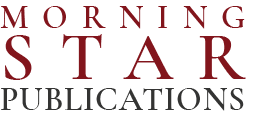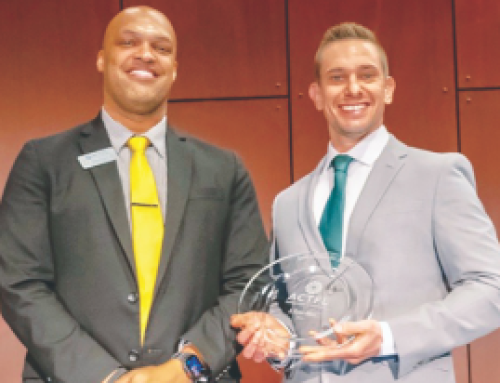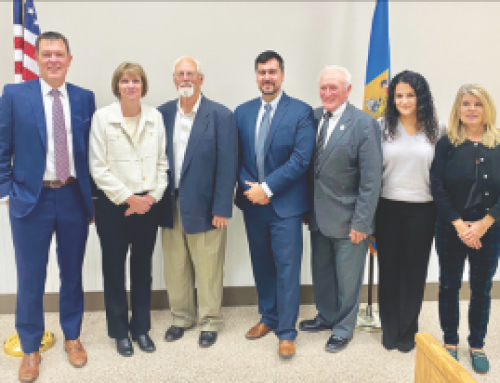During the Feb. 17 virtual Laurel School Board meeting, the board approved a proposal by Superintendent Dr. Shawn Larrimore to set the minimum grade at 59 percent for students in grades 6-12. Prior to the vote, two teachers, including the Laurel Education Association president, spoke against the proposal to lower the percentage for a failing grade.
Culinary Arts teacher and Laurel Education Association President Patrick Gross led off the public comment section, voicing his opposition to the proposed change to the district’s grading policy.
“We are concerned that changing the minimum grade to a 59 may signal to those students not attending classes or submitting work may that there may not be any accountability this year for their actions,” said Gross. “Many teachers have put in some very long hours teaching virtually, working tirelessly to engage students that do attend.”
Gross added that the teachers are concerned that the decision to change the minimum may disenfranchise those students that did return at the end of the semester and worked hard to achieve a 60 percent or better.
“We feel that setting the bar so low for the second semester will not encourage rigorous work from the students, rather the opposite,” he said. “For the students that have done nothing the first semester, they will know that all they have to do is the bare minimum to get a 61 and possibly, they will do nothing.”
Gross said the LEA understood that having a large group of students failing is not good for the district, but the group feels there will be future repercussions for not continuing with the current grading system.
“If we can’t get these kids to a 70 percent for the second semester, it will not be from lack of effort from the teachers,” said Gross, who added that the teachers are prepared to offer any resource to students engaging in classes.
While the district provides hot spots and computers to students, many are still not attending Zoom classes or submitting work. Gross said lowering grades will not motivate these students to participate.
“At some point we have to stop kicking the can down the road and step up and hold students accountable,” he added.
Laurel teacher Sue Darnell also spoke against the change. She said teaching remotely and hybrid has revealed struggles that teachers have never had to face before in education.
“Teachers did not get into education to fail kids, in fact we work hard every day to prevent that,” said Darnell.
She added that teachers have been trying to find and engage students, but that has not worked for some students. Darnell also said the teachers were given no input on the grading change proposal.
“Teachers’ names are associated with these courses and we have to be able to stand behind the grades and what they represent,” Darnell said. “We continue to do something that is not working and hasn’t worked since March.”
She added that she does not believe this change will result in more students participating, learning and succeeding.
Following the public comment session, Dr. Larrimore made his formal proposal to the board. While staff members are normally given an opportunity to review board policy, Larrimore said the pandemic has changed things.
“I am here to say that these are not normal times,” said Larrimore. “Our world changed (last March).”
On March 11, 2020, the Laurel School District closed school for two days and planned to come back the following week.
“We didn’t know what we were doing, we didn’t know what the coronavirus was going to bring to us,” Larrimore recalled.
From that point on, how the district (and other organizations) operated changed. Chromebooks were handed out to every students that needed one and jet packs were provided to families without internet connections.
The district’s schools reopened on Nov. 9, but that only lasted for two days before the district returned to remote learning. On Jan. 12, the district began and phased in a plan for returning to hybrid learning.
Larrimore reported that at Laurel Middle School, 74 percent of special education students are failing one or more class and 80 percent of African-Americans are failing one or more class. He added that 55 percent of special education students are failing two or more classes and 63 percent of African-American students are failing two or more classes.
At the high school, the number of special education students failing one or more class is 79 percent, while 68 percent are failing two or more classes. Likewise, 74 percent of African-American students are failing one or more class and 63 percent are failing two or more.
“I’m not blaming any teachers, and I’m not going to blame any students either,” said Larrimore.
He called the achievement by students abnormal and urged the board to give the students “a hand up”.
At the end of the meeting the board voted unanimously in favor of the grading policy and regulations revision for grades 6-12 without any discussion.
Director of Finance Kristen Vernon reported that with over 58 percent of the fiscal year completed, the district received 89.9 percent of its state funding, 93.8 of anticipated local funding, and 100 percent of federal funds. The district collected 91.41 percent of local taxes (as of Jan. 31), compared to 89.74 percent collected at the same time last year.
North Laurel Early Learning Academy Principal Dr. Stephanie Smith reported that out of her school’s 204 students, 82 are attending three days of school or more, 138 are participating in hybrid learning, and 66 are remote. Since November, 31 additional students have come into the classrooms from remote learning, 32 joined hybrid learning, and 35 additional students are attending school three days or more.
Laurel High School Principal David Hudson reported that 435 out of 635 students are doing hybrid learning.
The next Laurel School Board meeting will take place on March 17 at 7 p.m.





